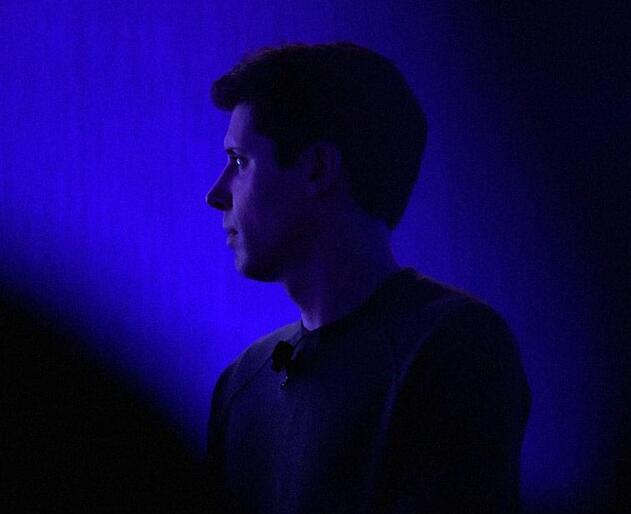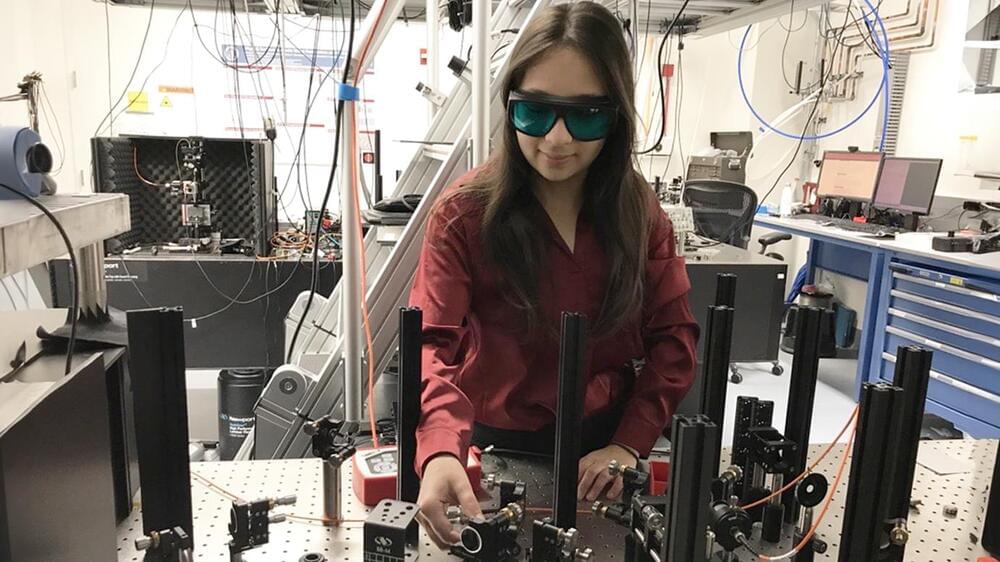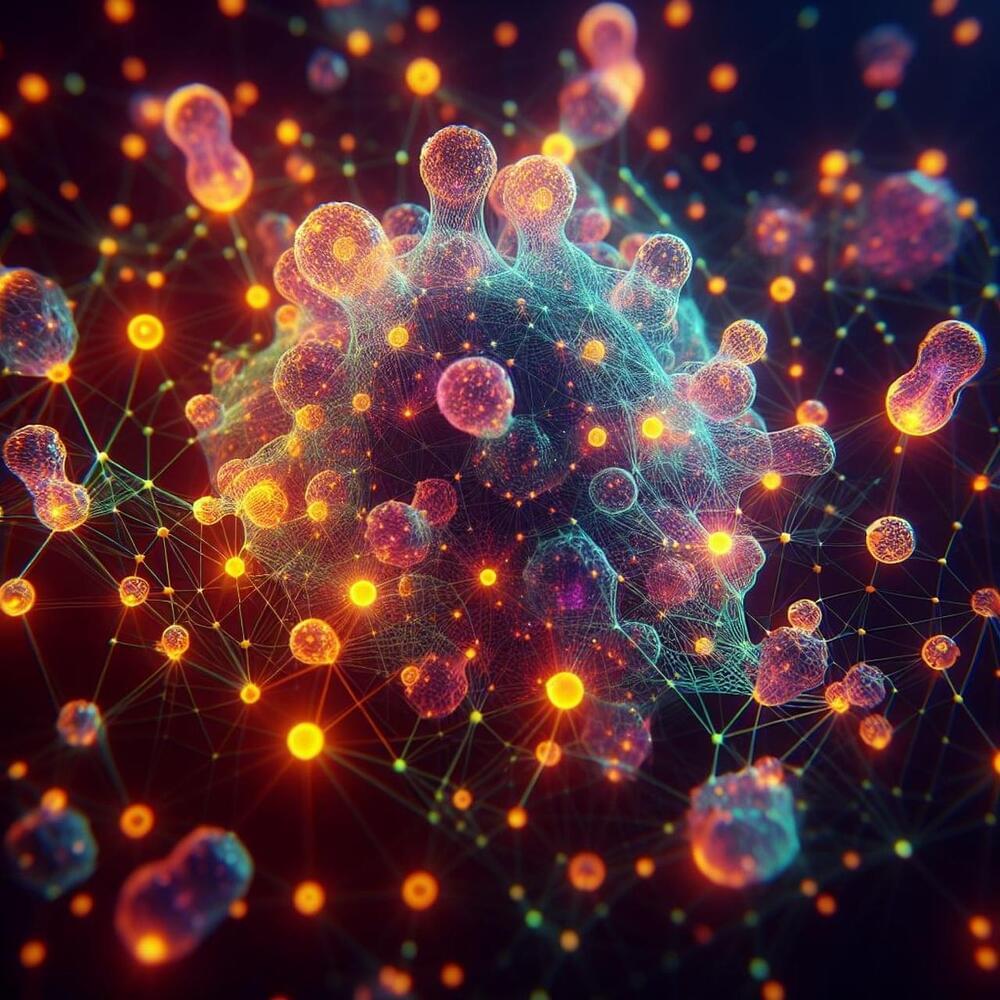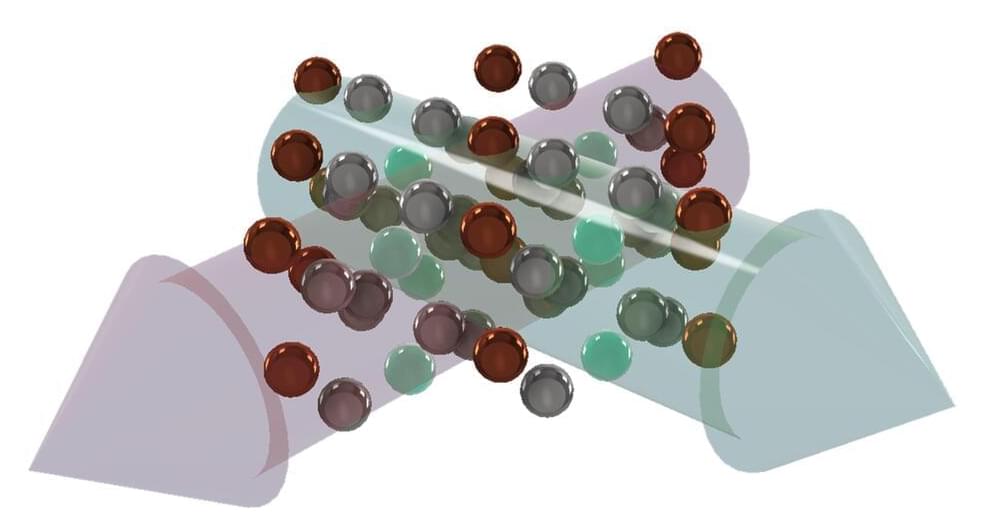OpenAI is looking to hire an “insider risk investigator” to “fortify our organization against internal security threats.”
According to the company’s job listing, first spotted by MSPowerUser, the gumshoe is supposed to help the company safeguard its assets by “analyzing anomalous activities, promoting a secure culture, and interacting with various departments to mitigate risks.” Per the Wayback Machine, the job listing has been up since mid-January.
“You’ll play a crucial role in safeguarding OpenAI’s assets by analyzing anomalous activities, promoting a secure culture, and interacting with various departments to mitigate risks,” the listing reads. “Your expertise will be instrumental in protecting OpenAI against internal risks, thereby contributing to the broader societal benefits of artificial intelligence.”







